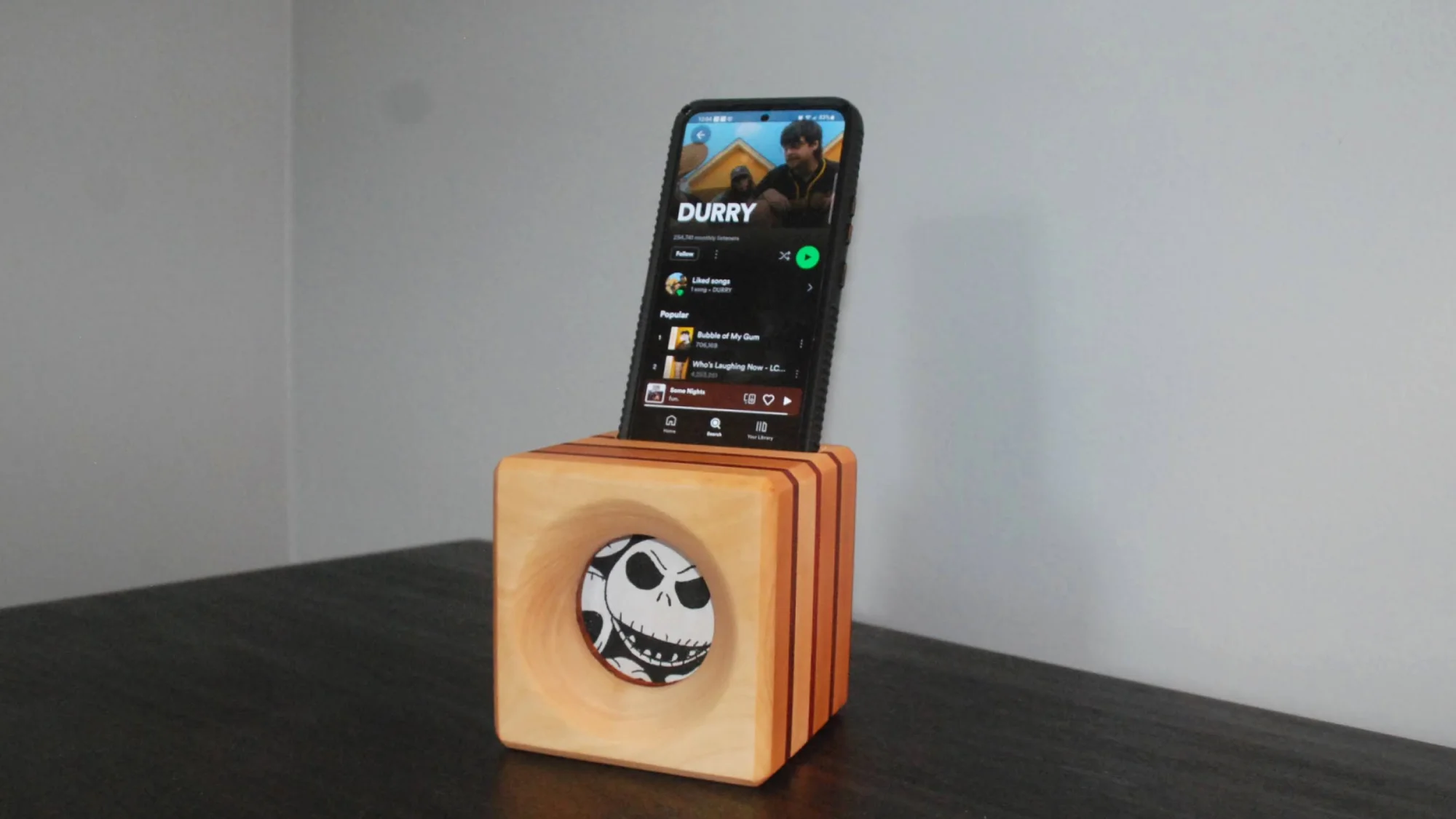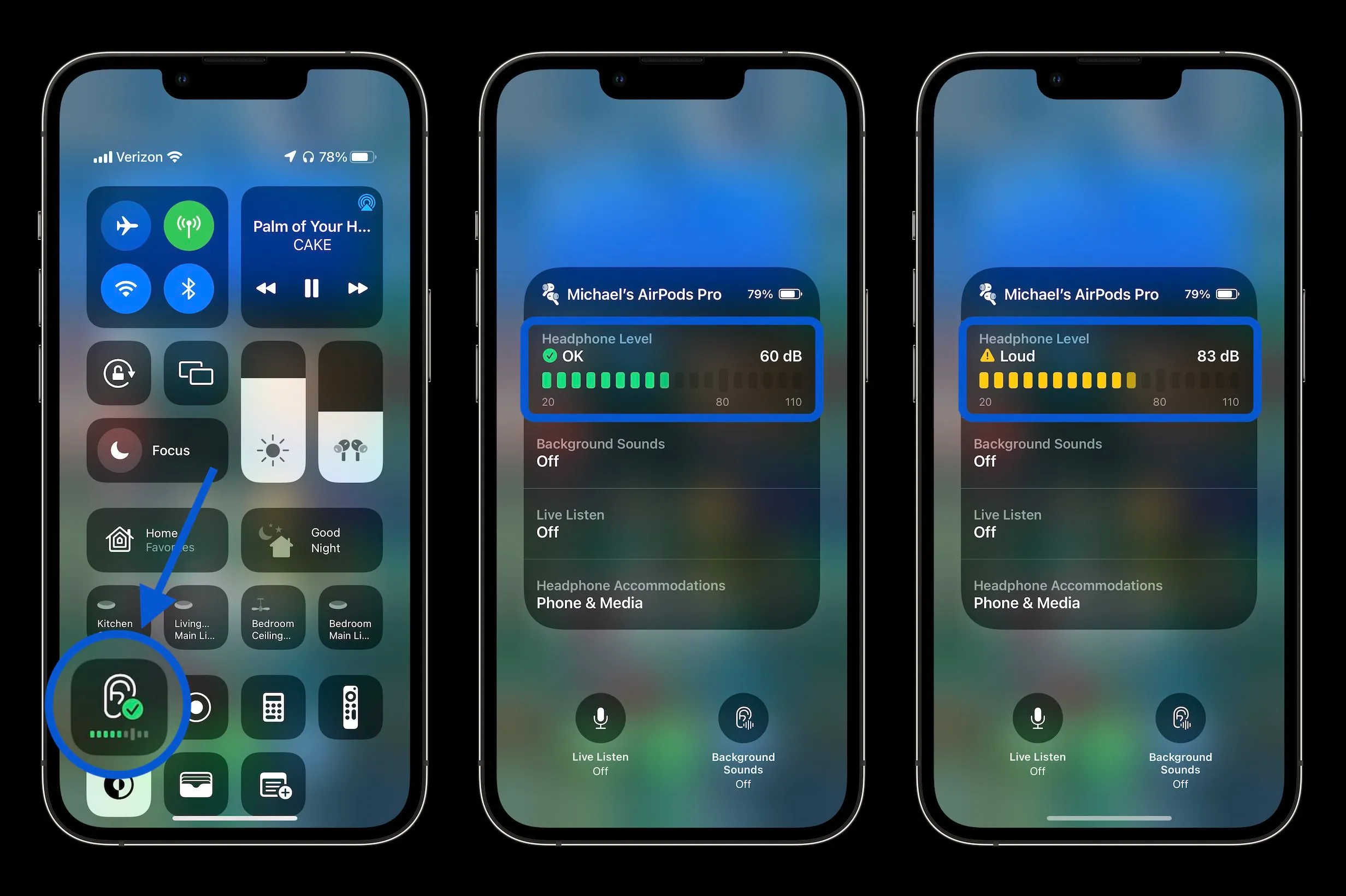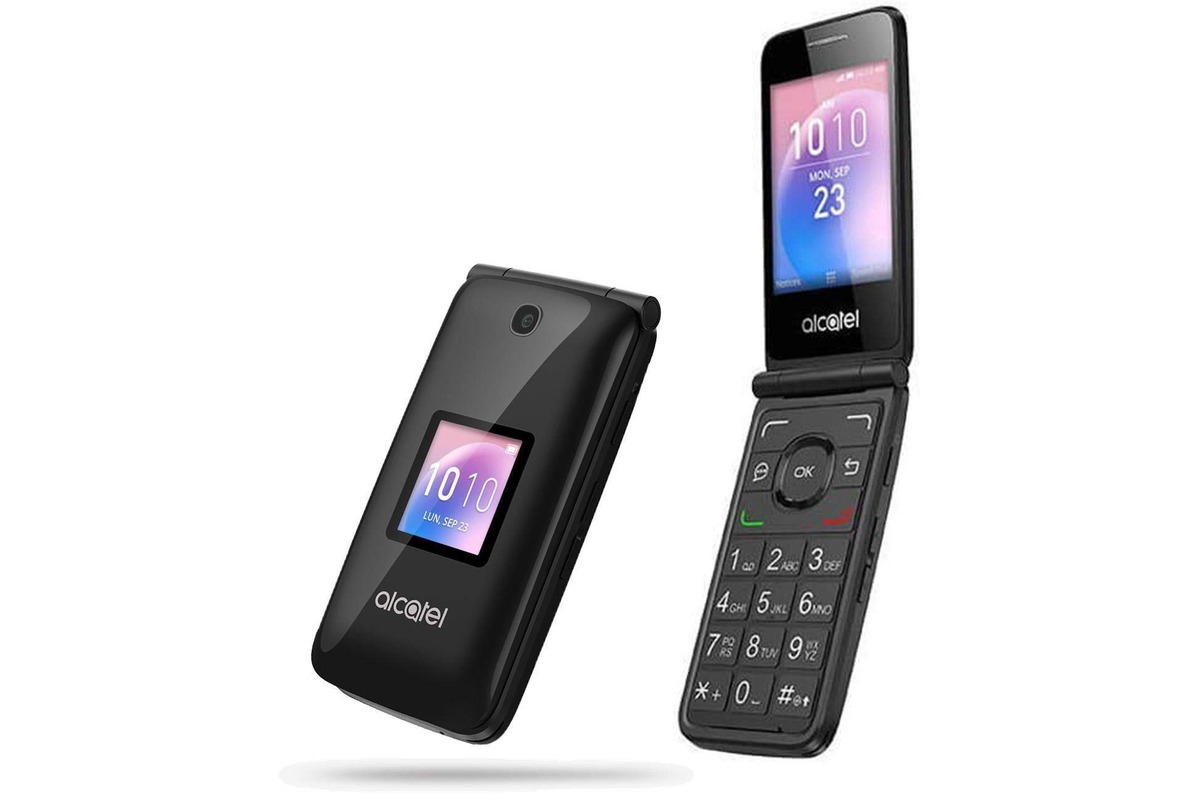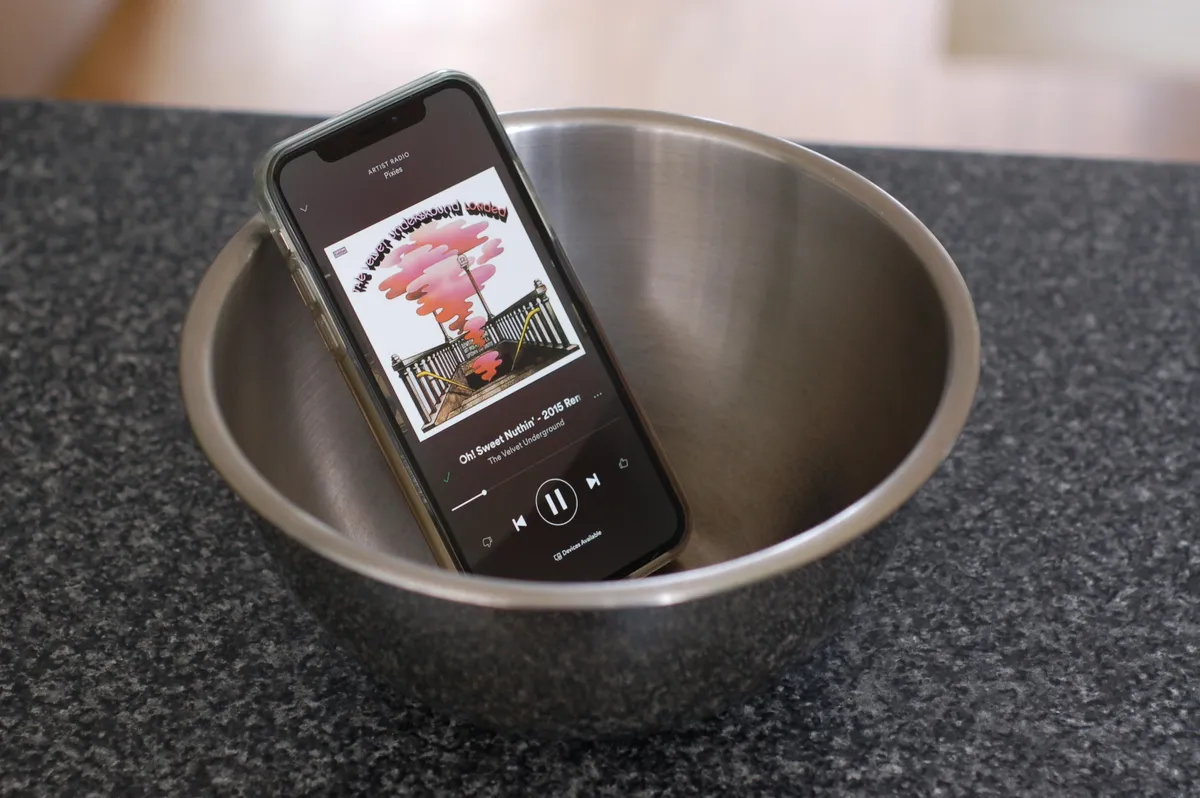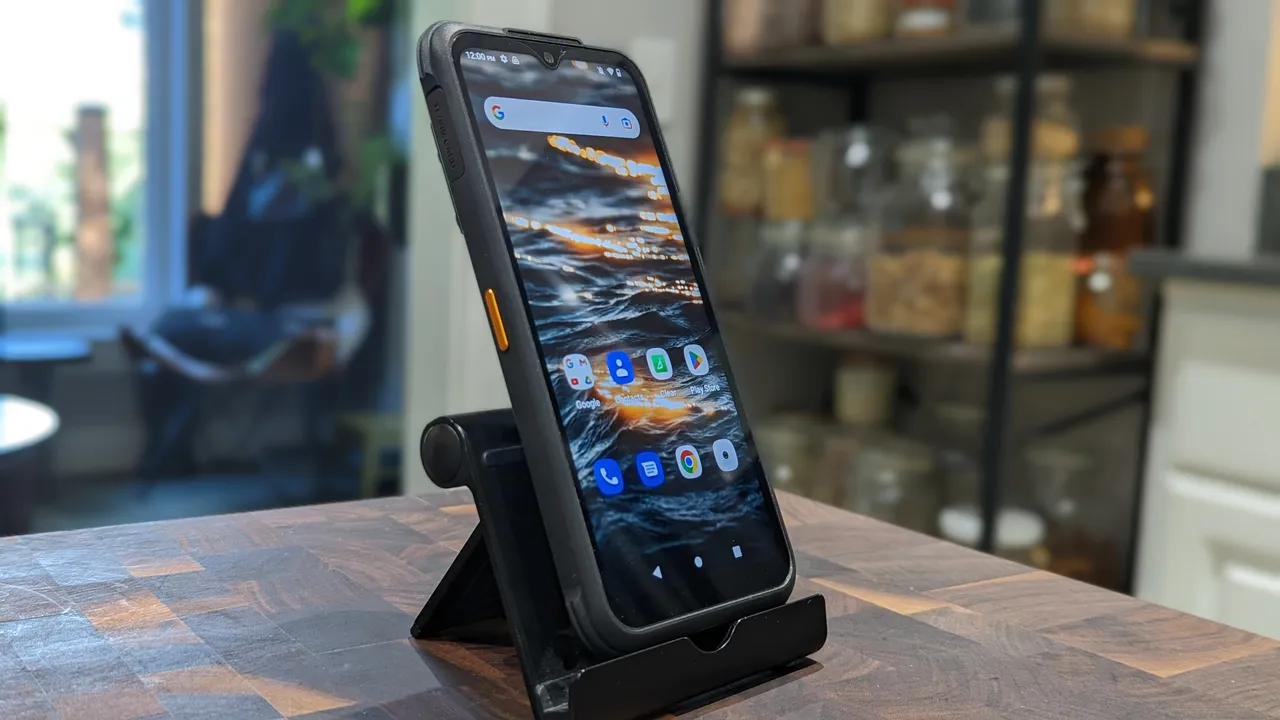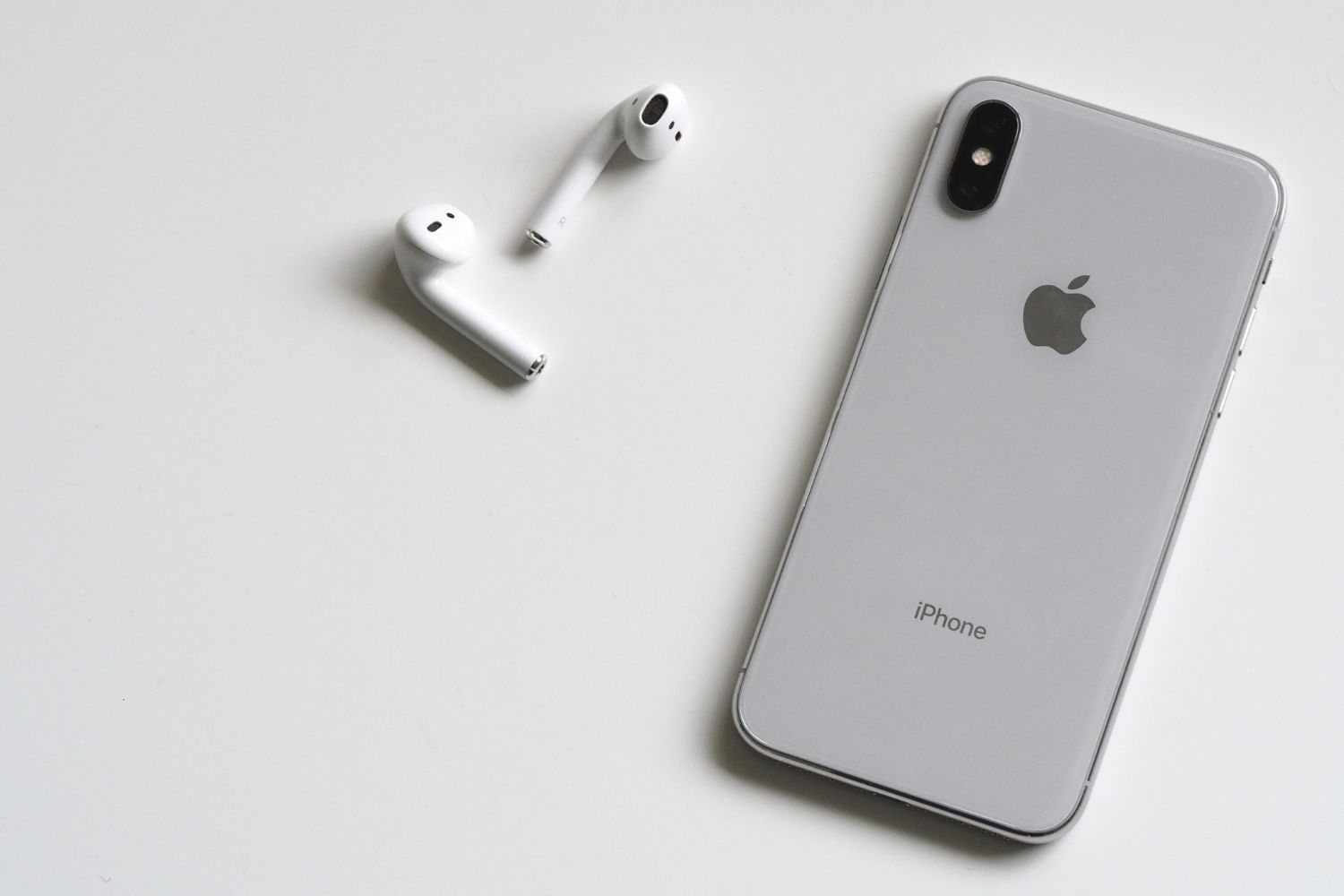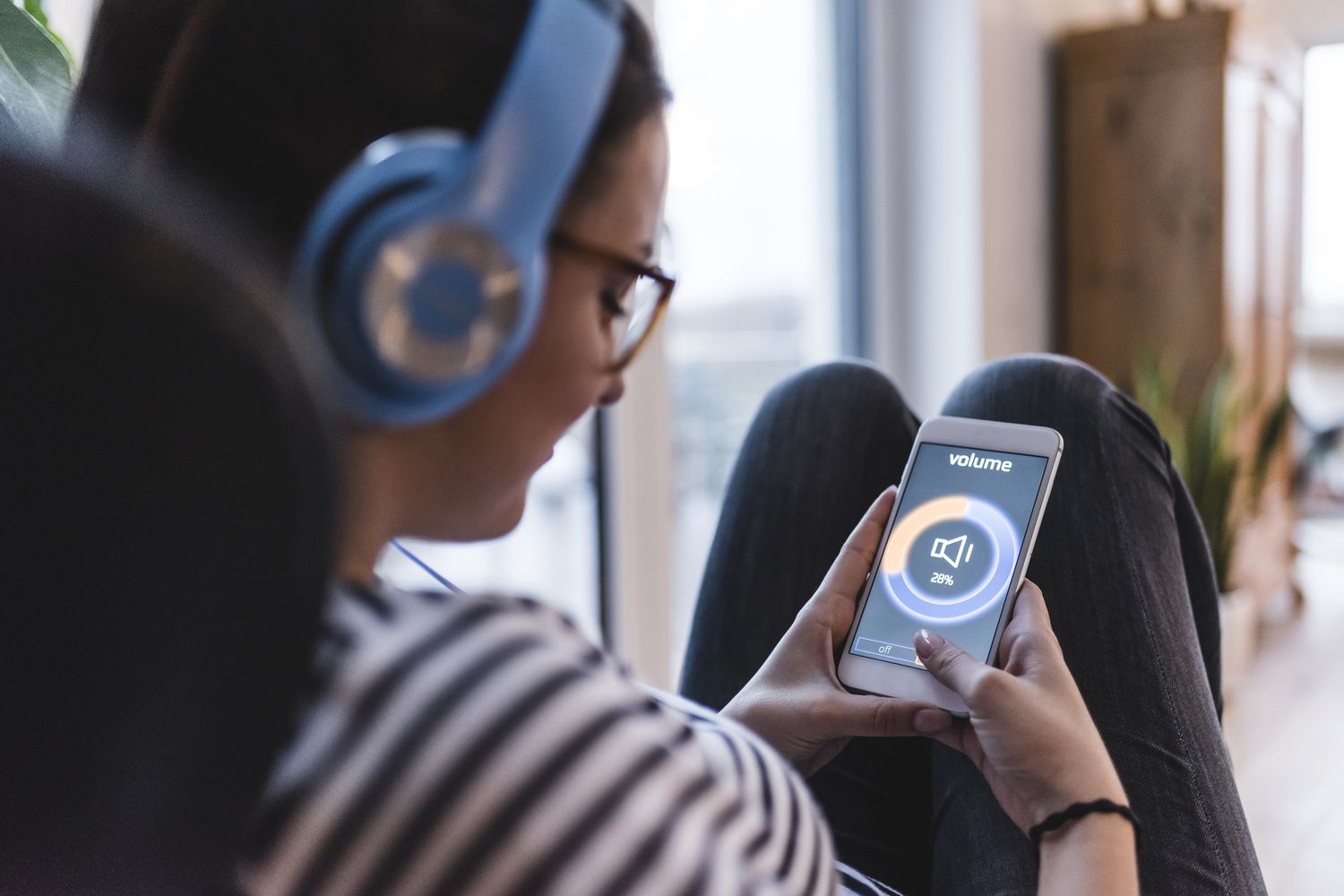Understanding the Phone Speaker
The phone speaker is a vital component that allows us to enjoy music, engage in hands-free calling, and listen to various types of audio content. Understanding how the phone speaker works and the factors that can affect its volume is essential for optimizing its performance.
-
Speaker Mechanics: The phone speaker is a small transducer that converts electrical signals into sound waves. It typically consists of a diaphragm, voice coil, magnet, and housing. When an electrical current flows through the voice coil, it interacts with the magnetic field, causing the diaphragm to vibrate and produce sound.
-
Sound Quality: The quality of sound produced by the phone speaker depends on various factors, including the materials used, the design of the speaker unit, and the signal processing capabilities of the phone. High-quality speakers can deliver clear, rich sound, while lower-quality speakers may produce distorted or muffled audio.
-
Volume Control: Phone speakers are designed to operate within specific volume ranges to ensure optimal performance and prevent damage. Excessive volume levels can lead to distortion and may even cause permanent damage to the speaker components. Understanding the safe volume limits for your phone speaker can help preserve its longevity.
-
Acoustic Properties: The placement and design of the speaker within the phone can impact the way sound is projected. Some phones utilize front-facing speakers for direct sound delivery, while others may have bottom-firing or rear-mounted speakers. Understanding the acoustic properties of your phone can help you position it for the best audio experience.
-
Environmental Factors: The surrounding environment can also influence the perceived volume of the phone speaker. Background noise, room acoustics, and external disturbances can affect how clearly the sound is heard. Being mindful of the environment when using the phone speaker can help optimize the listening experience.
Understanding these aspects of the phone speaker can empower users to make informed decisions when adjusting settings, cleaning the speaker grills, and troubleshooting potential issues. By gaining a deeper understanding of the phone speaker's mechanics and capabilities, users can enhance their overall audio experience and ensure that the speaker functions optimally for various multimedia applications.
Cleaning the Speaker Grills
Over time, the speaker grills of a phone can accumulate dust, dirt, and debris, which can hinder the performance of the phone speaker. Regular cleaning of the speaker grills is essential to maintain optimal sound quality and volume. Here are some tips for effectively cleaning the speaker grills:
- Soft Brush or Compressed Air: Use a soft-bristled brush or compressed air to gently dislodge and remove any visible debris from the speaker grills. Avoid using excessive force, as this could potentially damage the speaker components. Carefully brushing or blowing air across the grills can help eliminate surface-level particles.
- Microfiber Cloth: Dampen a microfiber cloth with a small amount of isopropyl alcohol or water and gently wipe the speaker grills to remove stubborn dirt or residue. Ensure that the cloth is not too wet, as excess moisture can seep into the speaker openings. Thoroughly dry the grills after cleaning to prevent any liquid from affecting the speaker’s performance.
- Toothpick or Soft Pick: For hard-to-reach areas or crevices around the speaker grills, carefully use a toothpick or soft pick to dislodge any trapped debris. Exercise caution to avoid pushing the debris further into the speaker openings. Lightly maneuver the toothpick or soft pick to loosen and remove the buildup without causing damage.
- Ultrasonic Cleaner: If the speaker grills are heavily soiled or require a more thorough cleaning, consider using an ultrasonic cleaner. This device uses high-frequency sound waves to agitate a cleaning solution, effectively dislodging dirt and grime from intricate areas. Follow the manufacturer’s guidelines and ensure that the phone is adequately protected during the cleaning process.
By maintaining clean speaker grills, users can prevent blockages that may impede sound transmission and affect the overall volume and clarity of the phone speaker. Regular cleaning not only enhances the audio experience but also contributes to the longevity of the speaker components.
Adjusting the Phone Settings
Optimizing the phone settings can significantly impact the volume and audio performance of the phone speaker. By making strategic adjustments, users can tailor the settings to their preferences and enhance the overall listening experience. Here are several key settings to consider when aiming to increase phone speaker volume:
- Volume Controls: Access the phone’s volume controls, typically located in the settings menu or accessible through physical buttons, and ensure that the volume level is set to the desired intensity. Adjust the media volume specifically for audio playback and multimedia content, and verify that the ringer and notification volumes are appropriately configured.
- Equalizer Settings: Many phones offer built-in equalizer settings that allow users to customize the audio output based on genre preferences or personal audio profiles. Explore the equalizer options to fine-tune the bass, treble, and overall sound characteristics to achieve an optimal balance and volume level for different types of audio content.
- Audio Enhancements: Some phones feature audio enhancement features, such as virtual surround sound, spatial audio, or dialogue enhancement. Experiment with these settings to determine if they contribute to a more immersive and impactful audio experience, potentially amplifying the perceived volume and clarity of the phone speaker.
- Accessibility Options: Accessibility settings may include options for boosting the volume beyond standard levels, accommodating users with hearing impairments. Explore these accessibility features to determine if there are specific volume amplification settings that can be utilized to enhance the phone speaker’s output without compromising audio quality.
- Bluetooth and Audio Output: If using external speakers or Bluetooth devices, ensure that the phone’s audio output settings are optimized for the connected accessory. Adjust the volume levels and audio output characteristics to align with the capabilities of the external device, maximizing the overall sound performance.
By adjusting these phone settings, users can fine-tune the audio output and volume characteristics to suit their preferences and optimize the performance of the phone speaker. Experimenting with different settings and configurations can lead to a more personalized and enjoyable audio experience, tailored to individual listening habits and environmental conditions.
Using Third-Party Apps
Third-party apps can offer additional tools and features to enhance the volume and audio capabilities of the phone speaker. These applications provide users with a range of options to customize and amplify the sound output, potentially addressing any limitations in the built-in settings. Here are some ways to leverage third-party apps to boost phone speaker volume:
- Volume Booster Apps: Explore volume booster apps designed to amplify the overall volume output of the phone speaker. These apps utilize various audio processing techniques to increase the perceived loudness without compromising the audio quality. Users can adjust the volume levels within the app to achieve the desired sound intensity for different types of content.
- Equalizer and Sound Enhancement Apps: Third-party equalizer apps offer advanced audio customization, allowing users to fine-tune the sound characteristics, adjust frequency bands, and create custom audio profiles. These apps can optimize the phone speaker’s performance by enhancing specific audio elements, such as bass, treble, and spatial effects, to create a more immersive and impactful listening experience.
- Media Player Plugins: Some media player apps offer plugins or extensions that provide additional audio enhancement features, including volume normalization, dynamic range compression, and audio spatialization. By incorporating these plugins into the media player, users can tailor the audio output to their preferences and potentially increase the perceived volume and clarity of the phone speaker.
- Virtual Sound Processing Apps: Virtual sound processing apps utilize advanced algorithms to create a simulated surround sound or spatial audio experience, expanding the perceived audio presence and immersiveness. These apps can elevate the audio performance of the phone speaker, delivering a more expansive and engaging soundstage for multimedia content.
- Hearing Assistance Apps: For users with hearing impairments or specific audio needs, hearing assistance apps can provide customizable amplification and audio enhancement features. These apps cater to individual hearing profiles, offering tailored volume adjustments and audio optimizations to improve the clarity and intelligibility of sound from the phone speaker.
By exploring and leveraging third-party apps, users can access a diverse array of audio enhancement tools and volume-boosting capabilities to augment the performance of the phone speaker. These apps empower users to personalize their audio experience, address specific audio preferences, and maximize the potential of the phone speaker for various listening scenarios.
Checking for Hardware Issues
When experiencing difficulties with the phone speaker’s volume, it is crucial to assess the hardware components for potential issues that may be impacting its performance. Identifying and addressing hardware-related concerns can help restore the optimal functionality of the phone speaker. Here are essential steps to check for hardware issues:
- Physical Inspection: Begin by visually examining the phone speaker grills and surrounding areas for any visible signs of damage, debris accumulation, or obstructions. Ensure that the speaker grills are free from blockages, and inspect the speaker unit for any anomalies, such as tears in the diaphragm or loose connections.
- Diagnostic Tests: Many smartphones offer built-in diagnostic tools that allow users to assess the functionality of hardware components, including the speaker. Utilize these diagnostic tests to verify the speaker’s performance, conduct audio checks, and identify any irregularities in the sound output or volume levels. Follow the on-screen prompts to complete the diagnostic process.
- Software Updates: Ensure that the phone’s operating system and firmware are up to date, as outdated software can sometimes lead to audio-related issues. Installing the latest software updates can address potential software conflicts or bugs that may be affecting the phone speaker’s performance and volume output.
- External Speaker Verification: Connect the phone to external speakers or headphones to determine if the issue is isolated to the phone speaker or if it extends to the audio output across different devices. Testing the audio performance with external accessories can help pinpoint whether the problem lies with the phone speaker or the broader audio system.
- Professional Assessment: If persistent hardware issues are encountered, consider seeking professional assistance from authorized service centers or technicians. Expert evaluation can identify underlying hardware malfunctions, such as damaged speaker components or audio circuitry issues, and provide comprehensive solutions to restore the phone speaker’s functionality.
By systematically evaluating the hardware aspects of the phone speaker and addressing any identified issues, users can mitigate potential hardware-related impediments to the speaker’s volume and audio performance. Proactive hardware assessment and maintenance contribute to the sustained functionality and longevity of the phone speaker, ensuring an optimal audio experience for users.







